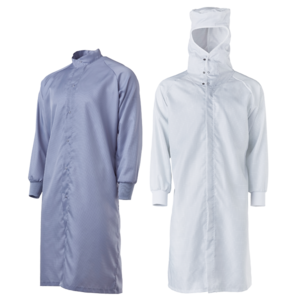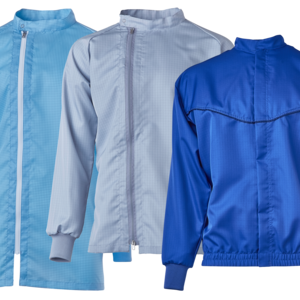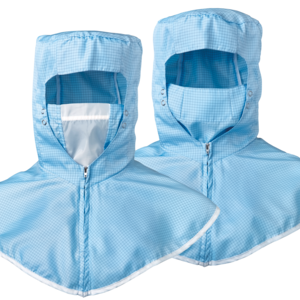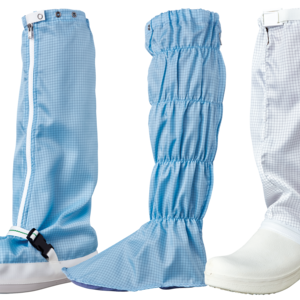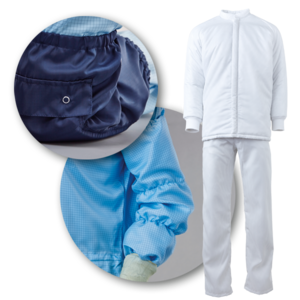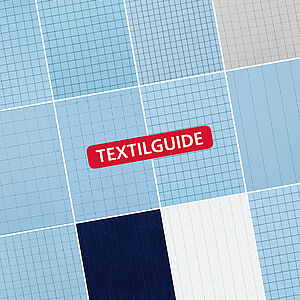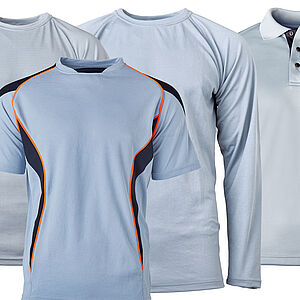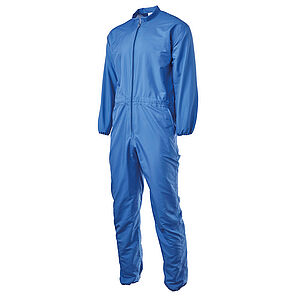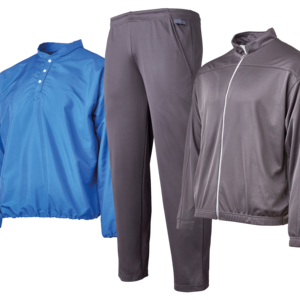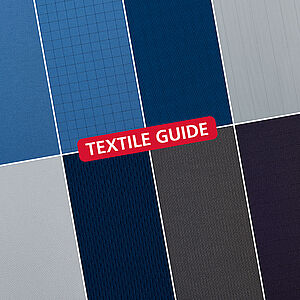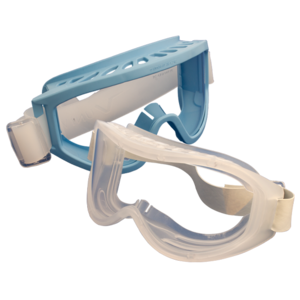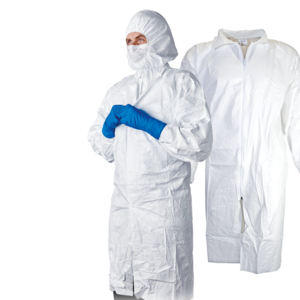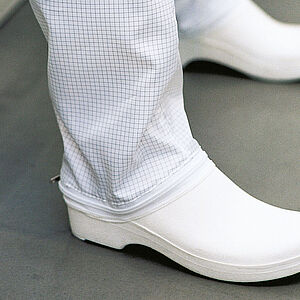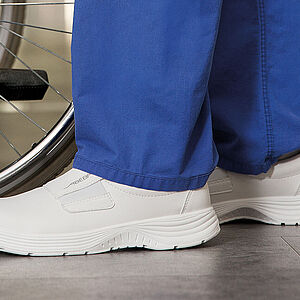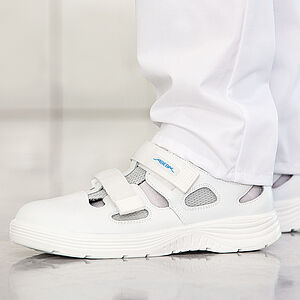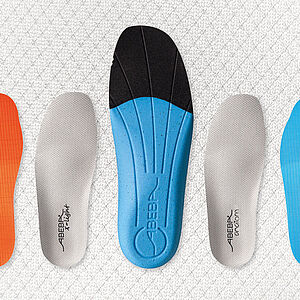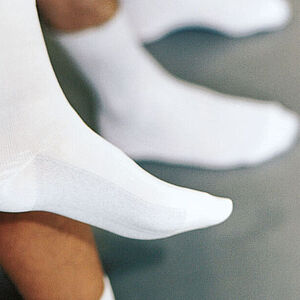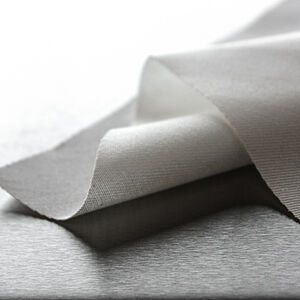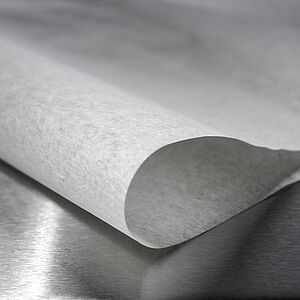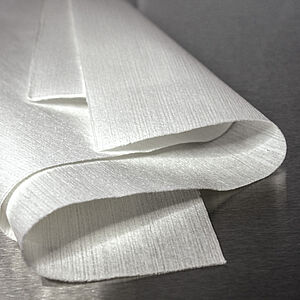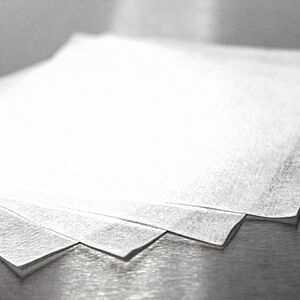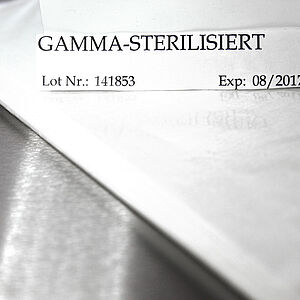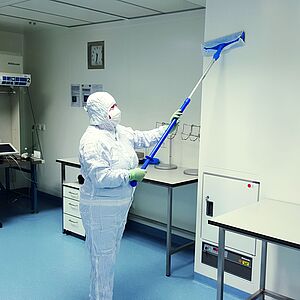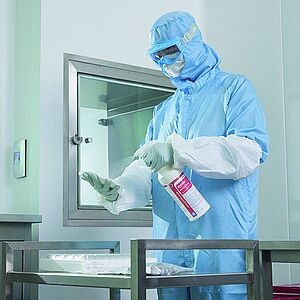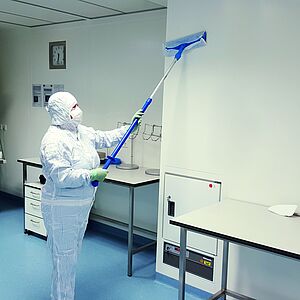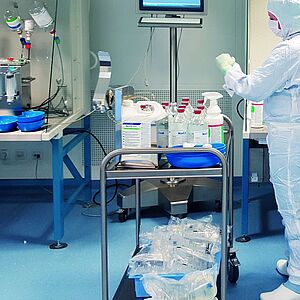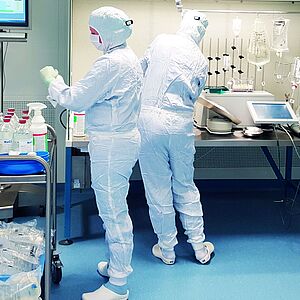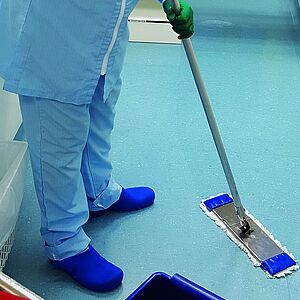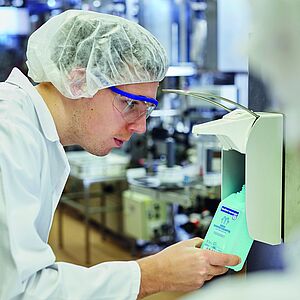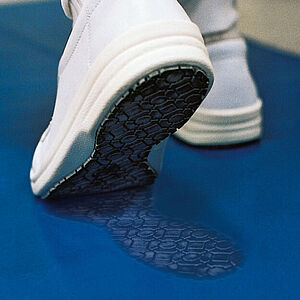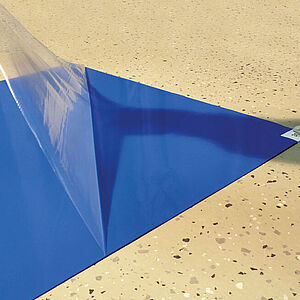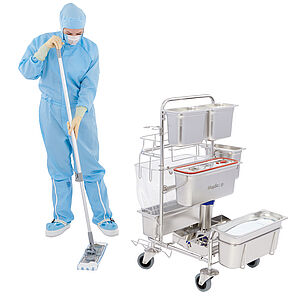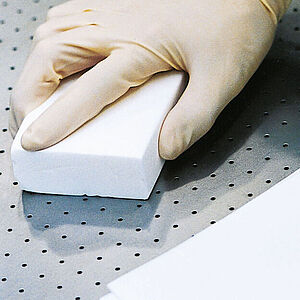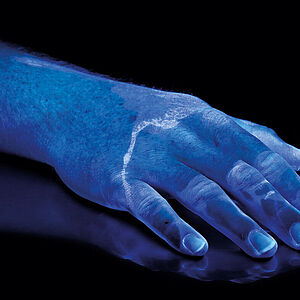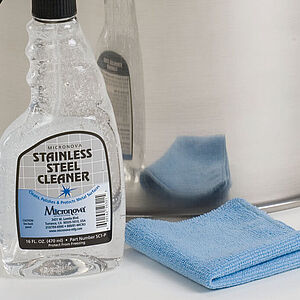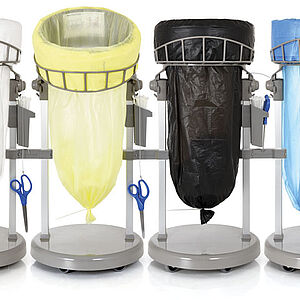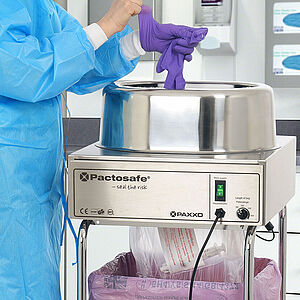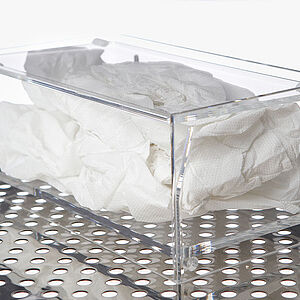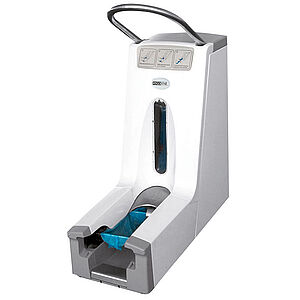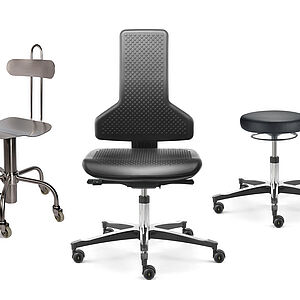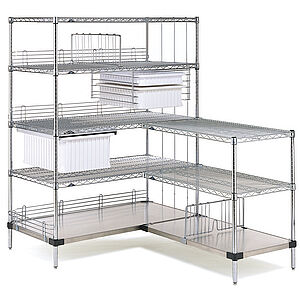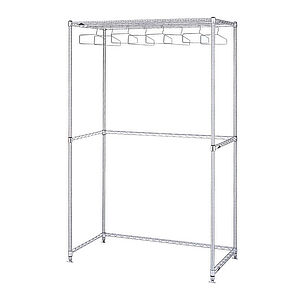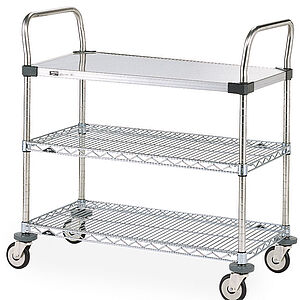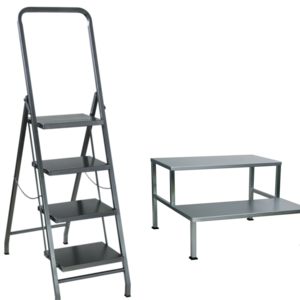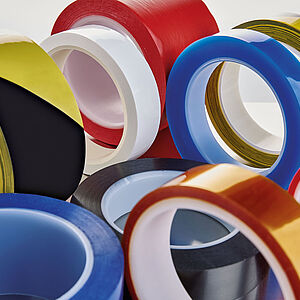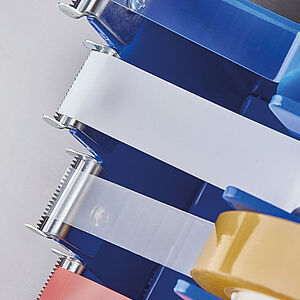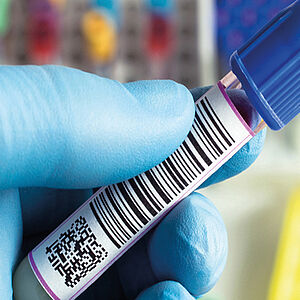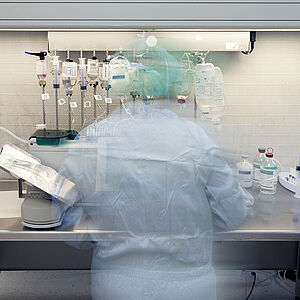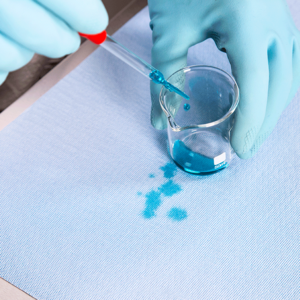With DASTAT-RS, the product range has been supplemented with an extremely robust cleanroom fabric. In terms of wearing comfort and antistatic properties, the textile shows acceptable values. The special type of weave, ripstop, gives DASTAT-RS its exceptional stability and tear resistance. This makes it possible to manufacture and offer certain models that require a fabric that can withstand mechanical stress. The particle retention capacity is certainly sufficient for the recommended cleanroom areas.
DASTAT-RS can show its strengths when special solutions are required for applications in cleanrooms, such as textile covers for machines, mobile furniture or similar devices, as well as higher protection against sharp-edged objects.
Fabric properties Important properties at a glance
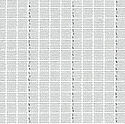
- LAir Permeability
- TWearing comfort
- PParticle retention capacity
- EElectrostatic behaviour
- AAbrasion resistance
Available colors

Product recommendation based on cleanroom classes
Air cleanliness class EN ISO 14644-1
particulate monitored areas
Hygiene zones according to GMP
microbiologically monitored areas
Technical data
| (3) Fabric | 99% polyester, 1% carbon |
|---|---|
| (3) Distances of the electrically conductive yarn | in warp at 8 mm intervals |
| (3) Weave type | ripstop |
| (3) Conductive material/yarn | carbon fibre |
| (3) Mass per unit area | approx. 125 g/m2 |
| (1) Air permeability according to DIN EN ISO 9237:1999-12 at 200 Pa | 51.5 L/(dm2 x min) |
| (2) Water-vapour resistance DIN EN ISO 11092:2014-12, Ret = m2 Pa/W | Ret 2.65 (very good) |
|
(1) Particle retention capacity (VDI 3926)against airborne particles Test duration: 60 minutes Raw gas concentration: 25 mg/m3 |
≥ 0.5 μm approx. 45% ≥ 5.0 μm approx. 98% |
| (3) Surface resistivity according to DIN EN 1149-1:2006-09Protective clothing - Electrostatic properties - Part 1: Test method | 2.4 x 107 Ohm |
| (1) Abrasion resistancereferring to DIN EN ISO 12947-4Martindale method - assessment of appearance change | low |
The above-mentioned data are the results of investigations carried out by neutral textile research institutes and our suppliers to the best of their knowledge. They are not specifications but typical values at the time of publication.
All statements are without guarantee and changes are possible without prior notice.
Due to different test methods depending on the respective manufacturers and test institutes, the majority of the stated values cannot be compared one-to-one with those of other cleanroom fabrics.
(1) Values determined by the Institute for Textile and Process Engineering Denkendorf
In May 2017 the ITV Denkendorf merged into the public trust DITF Denkendorf.
(2) Values determined by the Hohenstein Textile Testing Institute (HTTI)
(3) Manufacturer information
Version 01/2023






